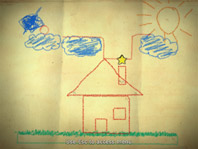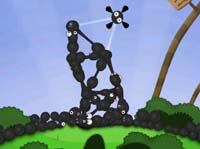You Can and Must Understand Giant Brains Now!
A Review of Giant Brains
or Machines That Think
by Edmund Callis Berkeley
John Wiley & Sons, Inc.
1949
286 pp.
(DjVu reader required)
Let me begin by admitting that I trudged to this book like a zombie, simply hoping that I might be amused to encounter frequent, non-ironic mentions of computers as “giant brains.” What I discovered was, while not a masterwork, a clearly-written and evidently very influential volume that is fascinating at times. It provides a view that goes beyond a single computing machine but is situated very early in computing history, before the first working stored-program computer (the EDSAC) had been completed. Giant Brains enlarged my thinking about the history of computing, tickling my digital media senses with its speculations about how individuals might use computers.



 The
The  Much like I felt from the
Much like I felt from the 

